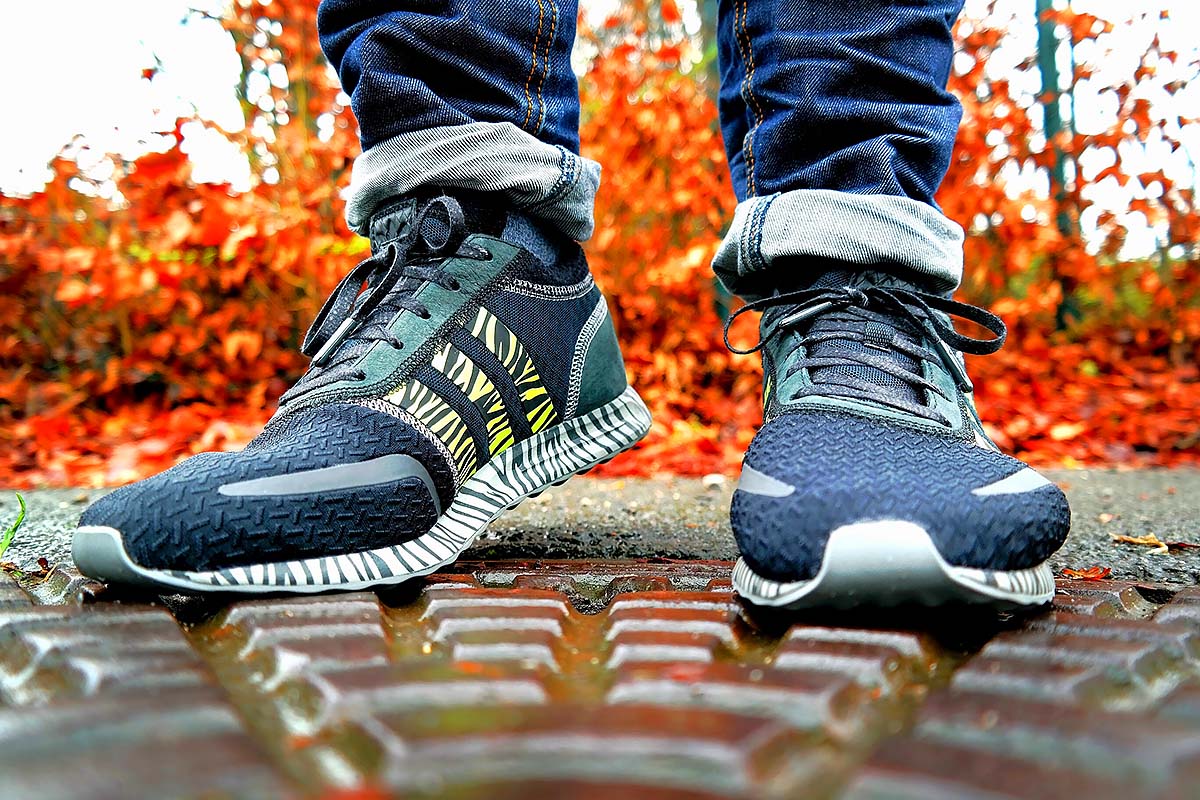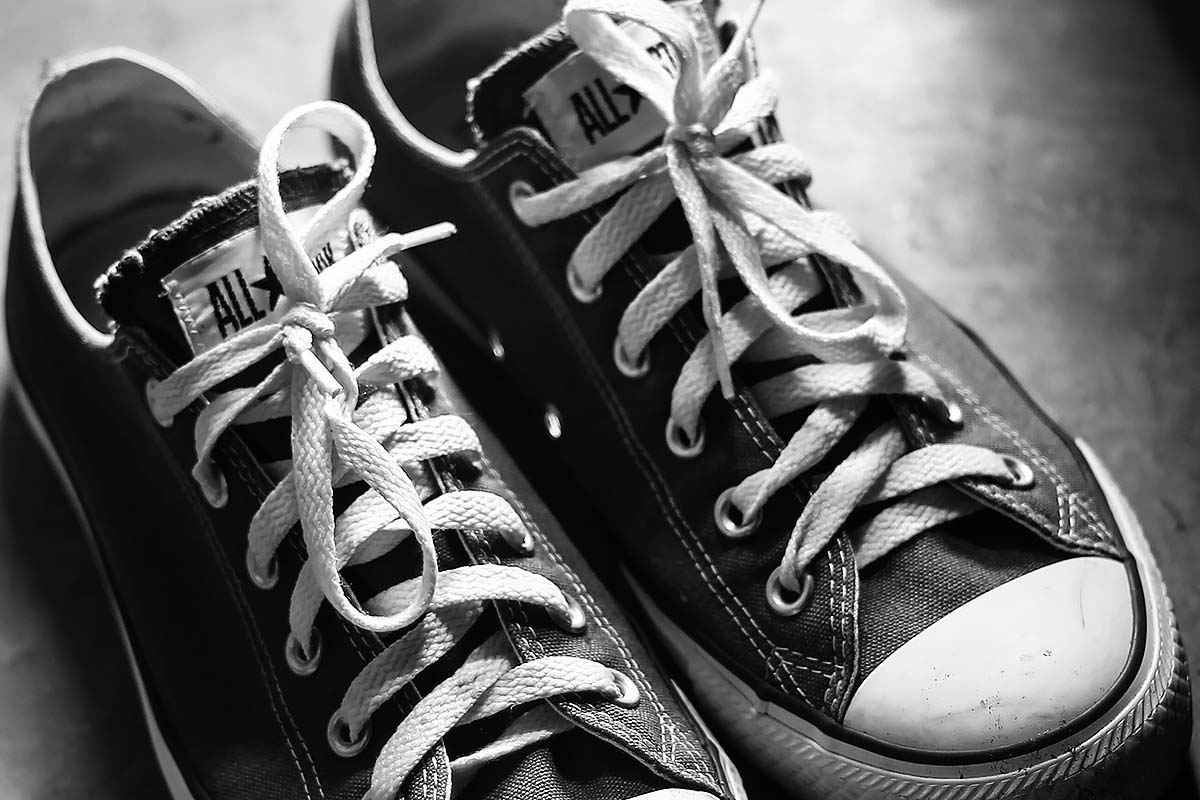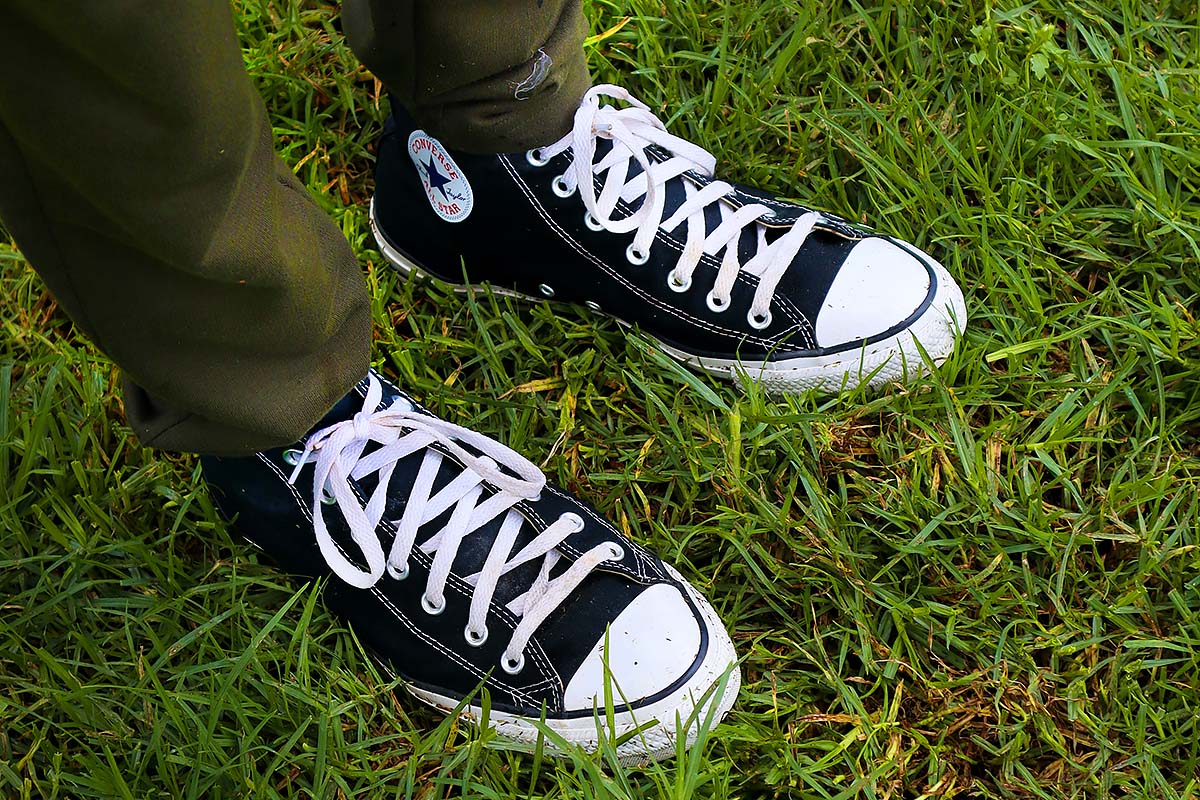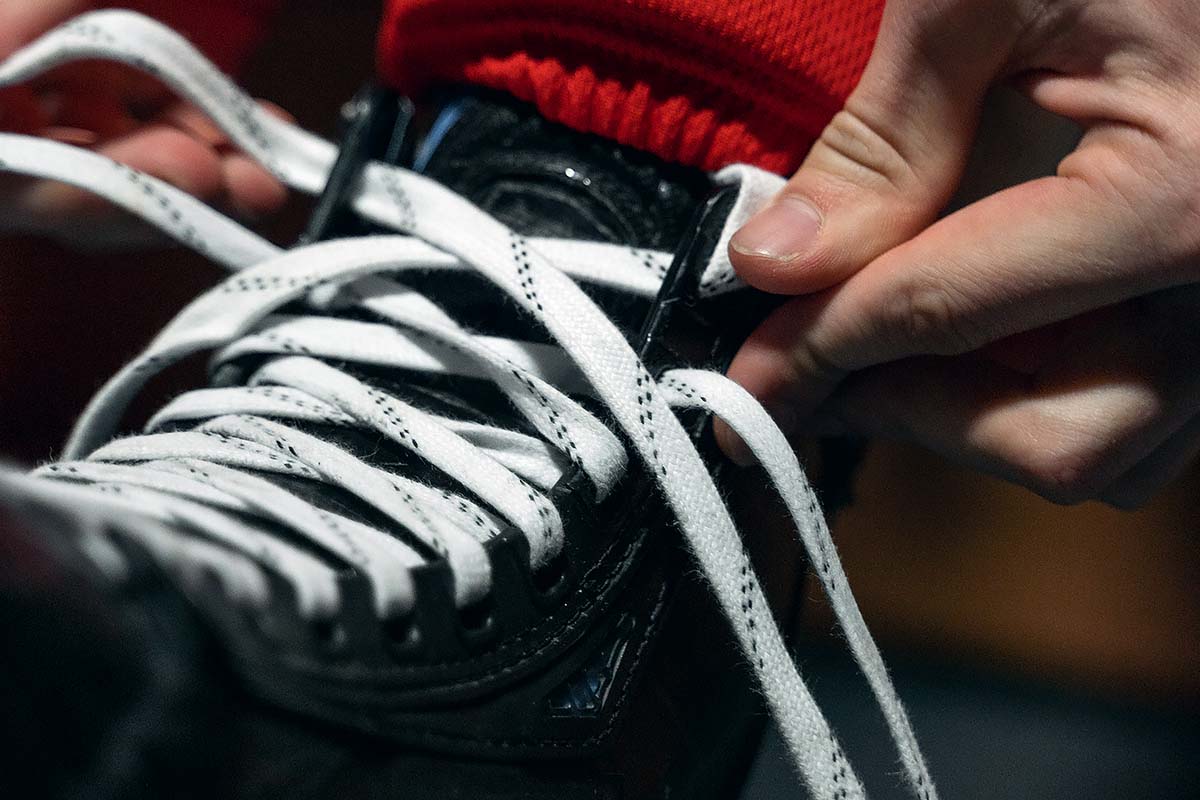Sneaker laces are essential to any sneaker, providing the necessary support and structure to keep the shoe secure on your foot. But have you ever wondered how sneaker laces are made? From the materials used to the intricate weaving process, a lot of work goes into making a single pair of laces. This article will explore how sneaker laces are made from start to finish.
On This Page
Exploring the Different Materials Used to Make Sneaker Laces
Sneaker laces are the unsung heroes of the footwear world. They’re the ones that keep your shoes tied up tight, and they come in all shapes, sizes, and materials. But what are the different materials used to make sneaker laces? Let’s take a look!
First up, we have the classic cotton laces. These are the most common types of laces, and they’re usually the cheapest. They’re solid and durable but can fray easily if you’re not careful.
Next, we have the synthetic laces. These are usually made from nylon or polyester and are usually more expensive than cotton laces. They’re also more resistant to fraying, so they’re a great choice if you’re looking for something that will last.
Finally, we have the leather laces. These are the most expensive types of laces, but they’re also the most stylish. They’re perfect for giving your sneakers a luxurious look, and they’re also very durable.
So there you have it! Those are the three primary materials used to make sneaker laces. Whether you’re looking for something cheap and cheerful, solid and durable, or luxurious and stylish, there’s a lace out there for you. Now, all you have to do is find the perfect pair!
The Step-by-Step Process of How Sneaker Laces are Manufactured
Step 1: Gather the Materials
Gather the materials needed to make the laces: a spool of thread, scissors, and a magical wand.
Step 2: Cast a Spell
Using the magical wand, cast a spell to make the thread come alive. The thread will start to move and twist itself into the shape of a lace.
Step 3: Cut the Lace
Using the scissors, cut the lace to the desired length.
Step 4: Tie the Knots
Tie the ends of the lace together to form a knot.
Step 5: Add the Finishing Touches
Add the finishing touches to the laces by adding a few sparkles or a colorful pattern.
Step 6: Package the Laces
Package the laces in a colorful box and label it with the brand name.
Step 7: Ship the Laces
Ship the laces to the store so sneaker-heads can buy them and make their shoes look even more stylish.
And there you have it! The magical process of how sneaker laces are manufactured. Now, go out and show off your new laces!
The Benefits of Using High-Quality Materials for Making Sneaker Laces
Sneaker laces are an essential part of any sneaker, and if you want to make sure your shoes look their best, you need to use high-quality materials. Here are just a few of the benefits of using high-quality materials for making sneaker laces:
1. They’ll last longer. High-quality materials are designed to be durable and long-lasting, so you won’t have to worry about your laces fraying or breaking after just a few wears.
2. They’ll look better. High-quality materials are usually more aesthetically pleasing than their cheaper counterparts, so you can be sure your laces will look great with any outfit.
3. They’ll be more comfortable. High-quality materials are usually softer and more flexible, so you won’t have to worry about your laces digging into your feet or causing discomfort.
4. They’ll make your shoes look more expensive. High-quality materials can make your shoes look more expensive, even if they’re not. So, high-quality laces are the way to go if you want to give your shoes a luxurious look.
So, don’t skimp on the laces to ensure your shoes look their best. Invest in high-quality materials, and you’ll be sure to reap the benefits!
How Technology is Changing the Way Sneaker Laces are Made
Gone are the days of boring, plain old sneaker laces. Technology is revolutionizing the way sneaker laces are made, and the results are nothing short of amazing.
For starters, sneaker laces are now made with advanced materials like Kevlar and carbon fiber. This makes them incredibly strong and durable, so you don’t have to worry about them fraying or breaking. Plus, they look super cool!
But that’s not all. Thanks to 3D printing technology, sneaker laces can now be made in all shapes and sizes. You can customize your laces from intricate patterns to bold colors to match your style.
And if you’re feeling really adventurous, you can even get your laces made with glow-in-the-dark materials. That’s right, you can now have laces that light up the night!
So, to take your sneaker game to the next level, look no further than the latest in sneaker lace technology. With these new materials and designs, you can make sure your shoes stand out from the crowd.
Q&A
What materials are used to make Sneaker laces?
Sneaker laces are typically made from a variety of materials, including cotton, polyester, nylon, and leather.
How are Sneaker laces made?
Sneaker laces are typically made by weaving the material together in a specific pattern. The laces are then cut to the desired length and the ends are finished with a plastic or metal tip.
How long does it take to make a pair of Sneaker laces?
It typically takes about 10 minutes to make a pair of sneaker laces.
Are Sneaker laces machine washable?
Most sneaker laces are not machine washable and should be hand washed with a mild detergent.
Conclusion
In conclusion, sneaker laces are made from various materials, including cotton, nylon, and polyester. The laces are usually woven in a specific pattern to create a strong and durable product. The laces are then dyed and finished to create the desired look. Making sneaker laces is complex and requires great skill and precision. The end result is a product that is both stylish and functional.





